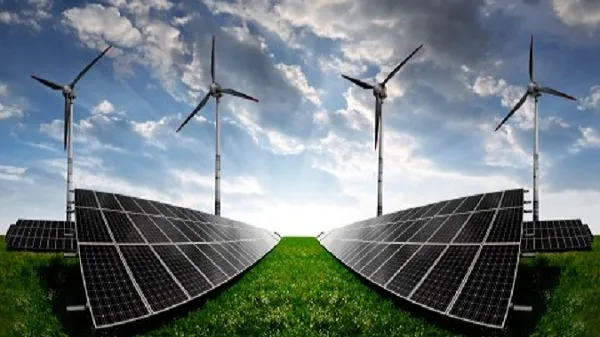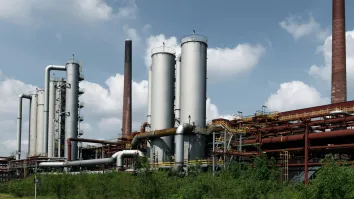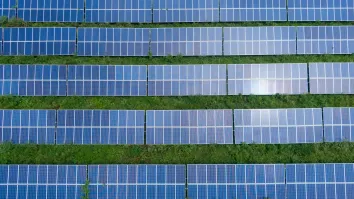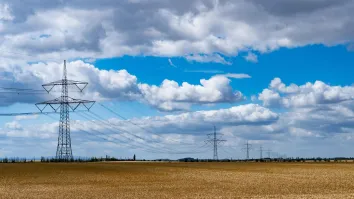
Solar, Wind to lead renewables growth in the Philippines
The non-hydropower renewables are expected to grow by 6.8GW.
The solar and wind sector will lead the growth of renewable energy in the Philippines in the next ten years, Fitch Solutions reported.
Between 2022 and 2031, the country’s non-hydropower renewable source is expected to grow by 6.8 gigawatts, or at an average rate of 10.4% annually. This is more than the projected 5.8GW increase in thermal power.
The report noted that solar power will account for about86% of the net non-hydropower renewable capacity growth, whilst some 10% will be contributed by onshore wind power.
Read more: Solar Philippines unit secures over 2000-hectare landbank
This growth is largely supported by the Philippine government’s goal to increase renewable electricity’s share in its power mix by 35% and to grow its renewable capacity by 15.3GW by 2030.
“Within our Key Projects Database, there are already 127 non-hydropower renewable power projects in development, totaling 21.4GW in capacity, 78 of which are solar PV projects,” the report read in part.
Just last June, the Philippines’ energy department launched its first round of renewable project tenders with a total of 2GW.
“We expect more such tenders to be launched whilst increasing demand for renewable power projects is signalled by interest from the domestic and international private sectors.”



















 Advertise
Advertise







